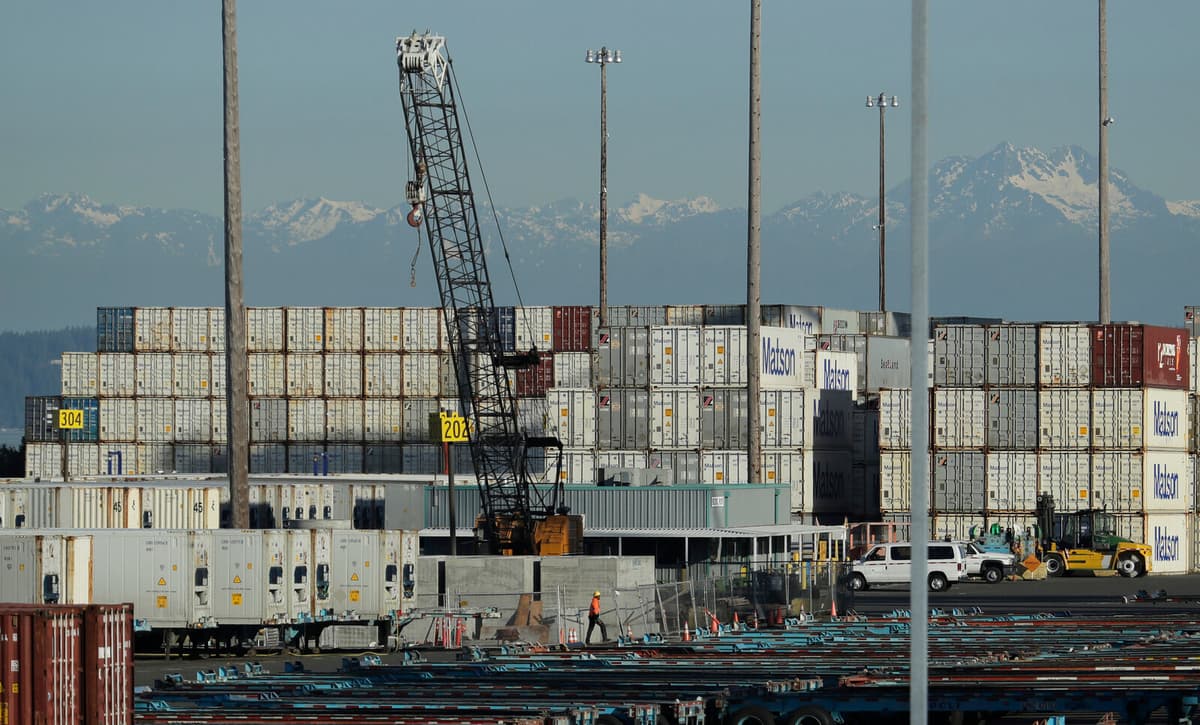Aston Business School released a report with various scenarios just days before the American President Donald Trump's trade bomb.
The authors had guessed tariffs of 25 percent across the board. Instead, it was 10 percent, but with individual tariffs against countries and regions. This surprised Oleksandr Shepotylo, lecturer and one of the report's authors.
It's a nightmare for American customs. I don't think they can develop processes to make it effective, he says and continues:
It will be a mess at the border, and American customers will see shortages and price increases directly.
Difficult to build factories
In a worst-case scenario, the report calculates that all countries respond with the same coin. This would mean a decline of 1.3 percent of global GDP.
For Sweden's part, he currently calculates a decline of 1 percent of trade and 0.12 percent of GDP. But if the EU responds with its own 20 percent tariffs, the consequences will be roughly double.
In some countries, it will be devastating. But for Sweden, it's rather a mild irritation.
Trump has wanted to reduce the American trade deficit and increase domestic production. This can succeed, according to Shepotylo, but it takes time.
Will he stand out for long, if people freak out? Because you will see disruptions of value chains, inflation, and a mess at the border. And it's not that easy to see an influx of investments next week and that factories start being built, he says.
Partly, it will require machines and inventory in factories – which are likely to be imported, partly, jobs that Americans want are not necessarily created.
You will go from a kind of service-based high-value economy to producing clothes like in today's low-wage factories in Laos and Bangladesh.
The EU's next step
What should the EU do then? It depends on whether you believe the tariffs are a negotiating tactic from Trump's side. Then it's best to set hard against hard, believes Shepotylo. But if the tariffs are here to stay?
If it's a genuine attempt to move production back to the USA, it's best to let the USA go and start trading with other countries, he says and continues:
But it's so clearly very difficult for politicians. Because you will see increased imports from China, Vietnam, and South Korea. It will be increased competition for domestic production, so it's easy for them to slide into protectionism.





